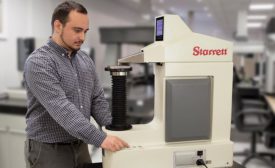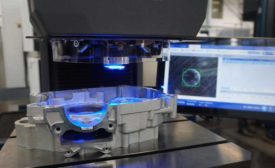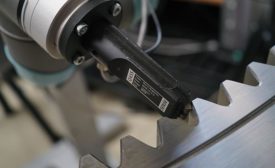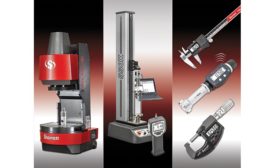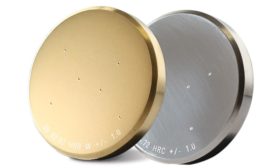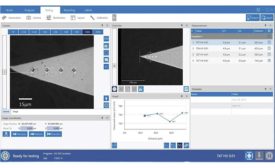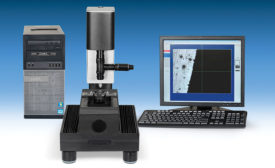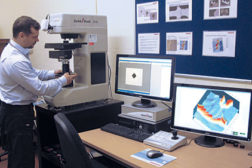Home » hardness testing
Articles Tagged with ''hardness testing''
Hardness testing functionality has evolved.
Read More
Predictive Measures: How Rockwell Hardness Testing Supports Modern Material Evaluations
Rockwell testing is the most commonly conducted hardness testing, as the testing procedure is simple and the readings can be directly attained from the testing machine.
November 8, 2018
New Developments for Magnetic Hardness Testing
Learn more about hardness measurement without an indenter via the magnetic measurement method.
November 1, 2018
Cutting Edge Hardness Testing
Accurate testing for hardness is vital to ensure a high quality product.
February 1, 2017
Test & Inspection
How to Deal with the Difficulties of Microhardness Testing
We’ll cover some of the common problems associated with microhardness testing and address some of the techniques and technologies that can be used to avoid them.
May 1, 2016
Automation Drives Vickers Hardness Testing Into the 21st Century
The Vickers test is well suited to characterization of materials with extremely hard surfaces.
February 2, 2015
Stay in the know with Quality’s comprehensive coverage of
the manufacturing and metrology industries.
eNewsletter | Website | eMagazine
JOIN TODAY!Copyright ©2024. All Rights Reserved BNP Media.
Design, CMS, Hosting & Web Development :: ePublishing
